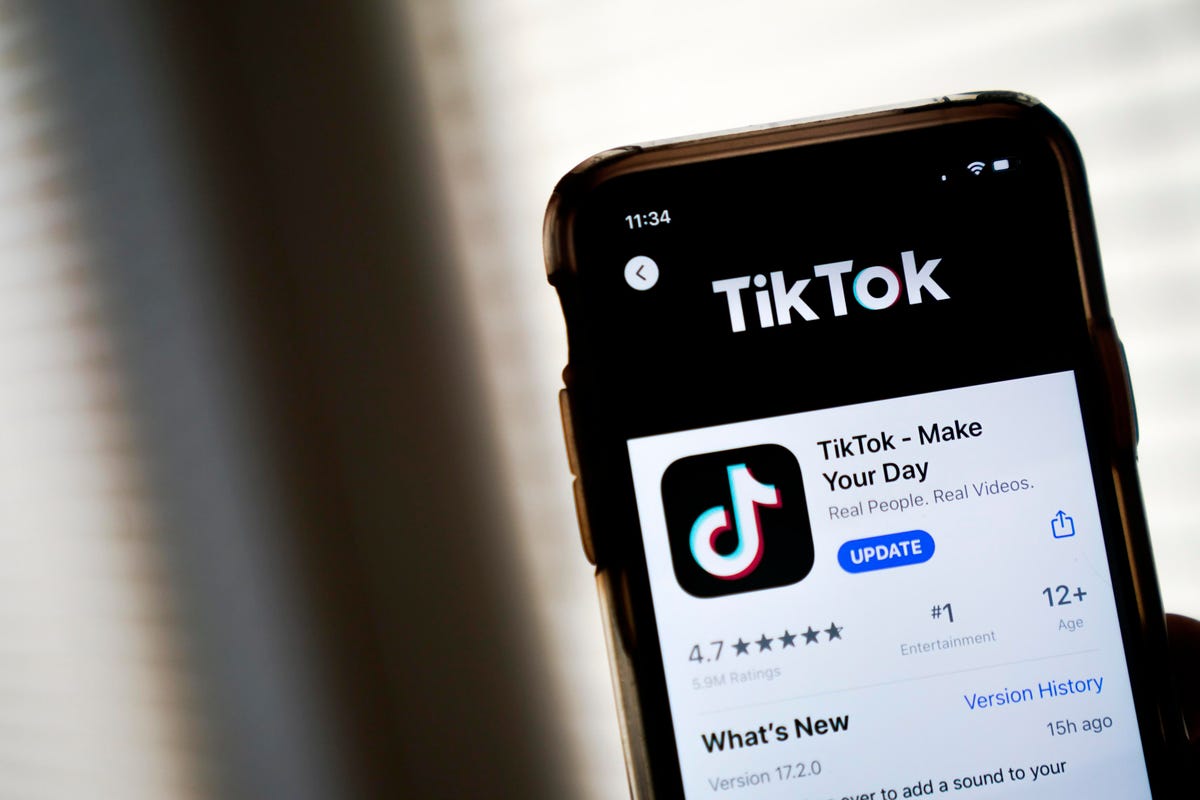The rise of personal finance education on TikTok plays an instrumental role in expanding fintech companies’ products and services to a broader audience, particularly women, Gen Z, and many marginalized communities.
Financial education gained newfound cultural relevance in 2020, primarily due to pandemic-fueled lockdowns spurring increased engagement in personal finance content on TikTok. This carried into the world of fintech, with 79% of users looking for education around starting an emergency fund, improving credit scores, and creating a savings habit from their fintech applications, according to Plaid’s 2022 fintech effect report.
In response to this demand, many companies like Current, SoFi, and Step began leveraging TikTok to meet users where they are by partnering with influencers, hosting events, and offering personalized finance tips via short-form videos.
However, the potential ban of TikTok in the U.S. may leave many communities looking for financial education and tools elsewhere, and fintech industry leaders would be wise to oblige.
Community Values
Until personal finance content exploded with billions of views on TikTok, the average person had limited access to financial advice due to account minimums or a lack of knowledge. But technology has enabled anyone with a smartphone to access the same level of financial guidance once limited to the wealthy and well-informed.
The most notable spike in interest has come from those traditionally underserved by financial services.
Personal finance creators like Vivian Tu (@yourrichbff) share with her 3.5 million followers, whom she says include women, people of color, and marginalized communities, the importance of financial literacy.
A survey commissioned by Forbes Advisor and conducted by market research company Prolific found that 78% of millennials and Gen Z believe they have more access to financial advice now, thanks to social media like TikTok, than they would have as part of previous generations because of their identities, such as race, gender, or income.
TikTok creators have leveraged the platform to build businesses and spark movements toward financial inclusion and knowledge sharing to cater to these untapped demographics.
For example, Tori Dunlap (@herfirst100k), the creator and founder of Her First $100K, a financial education company, has garnered an audience of 2.3 million on TikTok as she established the “financial feminist” movement to inspire women to own their financial independence as the greatest tool for fighting patriarchal barriers.
Or Lea Landaverde (@latinawealthactivist) uses her platform of over 80,000 followers to break cycles of generational wealth gaps for her community through financial education, a critical need given the total economic output of U.S. Latinos was $2.7 trillion in 2019, making U.S. Latinos the equivalent of the seventh-largest economy in the world.
And even Humphrey Yang (@humphreytalks), who ended his career as a professional financial advisor in 2012 to start his own e-commerce business, initially began posting finance videos on YouTube that didn’t resonate with users. But, once he began posting shorter videos on TikTok that were more like comedic skits to explain financial terms to Gen Zers, his following blew up to 3.3 million.
These TikTok creators have turned value-based educational content into businesses while shifting a diverse demographic of fintech-curious consumers into customers. This represents a market opportunity for fintech companies to leverage financial education content to bring the next generation of wealth builders, Millennials and Gen Z, representing 47% of the U.S. population, into their user bases.
By doing so, fintech industry leaders can establish themselves and their companies as financial education influencers to garner similar success to creators such as Dunlap, Landaverde, and Yang.
Founders Turned Educators
As a creator on TikTok, I have seen the potential for fintech companies to leverage educational content to build trust and community in their customer base, yet only some have stepped up to the plate.
A couple early-stage fintech founders have quickly discovered the potential of content creation on TikTok as a critical business strategy. This cost-effective approach offers a viable option for companies with limited marketing budgets, as it can be practically free compared to the cost of traditional methods used by larger, established competitors.
One of the best examples on my “For You” page is startup Alinea, an investing platform home to 55,000 investors with a user base of 78% female, 72% first-time investors, and 60% Gen Z.
Co-founders Anam Lakhani and Eve Halimi (@anamandeve) openly share their stories on TikTok, including how they grew up never talking, let alone learning, about investing as Gen Z women and children of immigrants. And they’re using TikTok to have conversations directly with their customers, engaging with at least 15-20 people daily.
Vrinda Gupta, a former Visa
V
After being denied the Chase Sapphire credit card, which she was involved in developing, Gupta founded Sequin Finance (@sequinfinance). Gupta creates on TikTok to market her company’s debit card while providing educational content on increasing credit scores.
Fintech companies, founders, and personal finance creators have been doing remarkable work on TikTok to fill the financial education gap America has faced for years. More organizations still need to join the cause, especially since our goal as a fintech industry is to promote financial education and access.
Regardless of what’s in store for the future of TikTok in the U.S., the platform has already made its mark on the fintech industry. TikTok has made it easier than ever for users to access educational content regarding financial well-being, creating an opportunity for a new generation of fintech creators to share their knowledge and establish a wide range of business models.
Read the full article here










